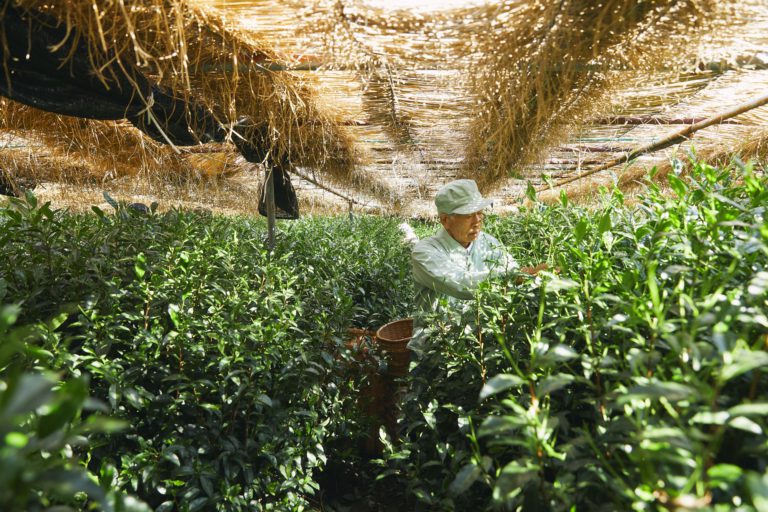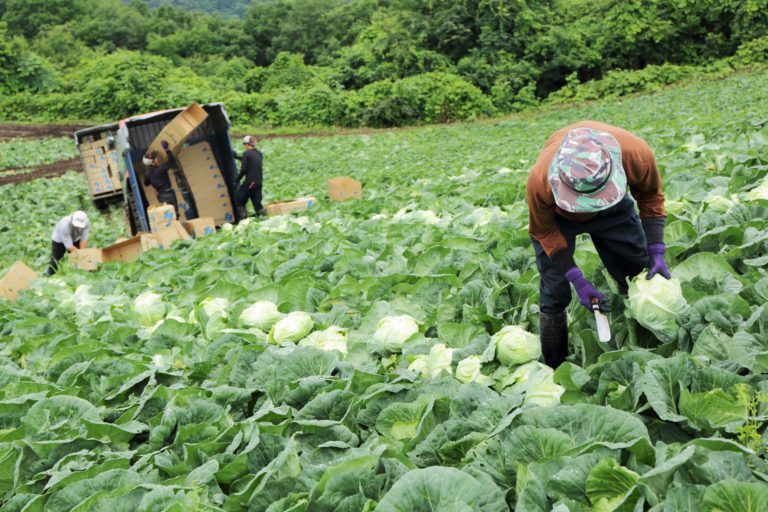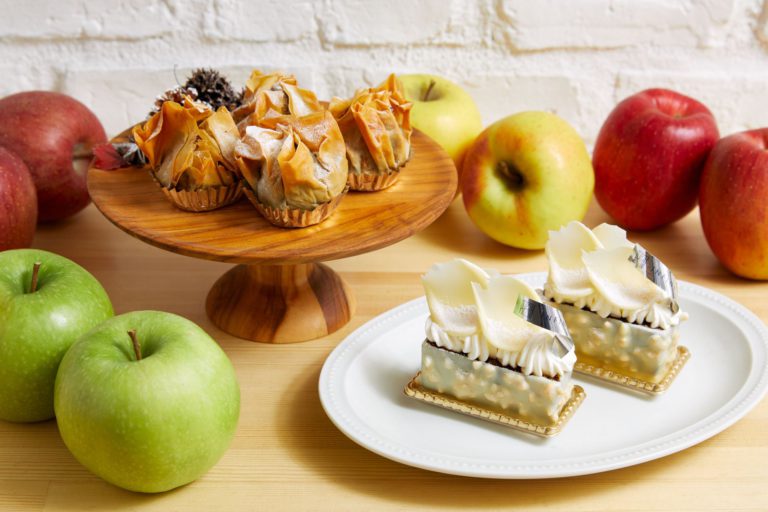Tohei Gyokuro, a Shining Example of Gyokuro Craftsmanship
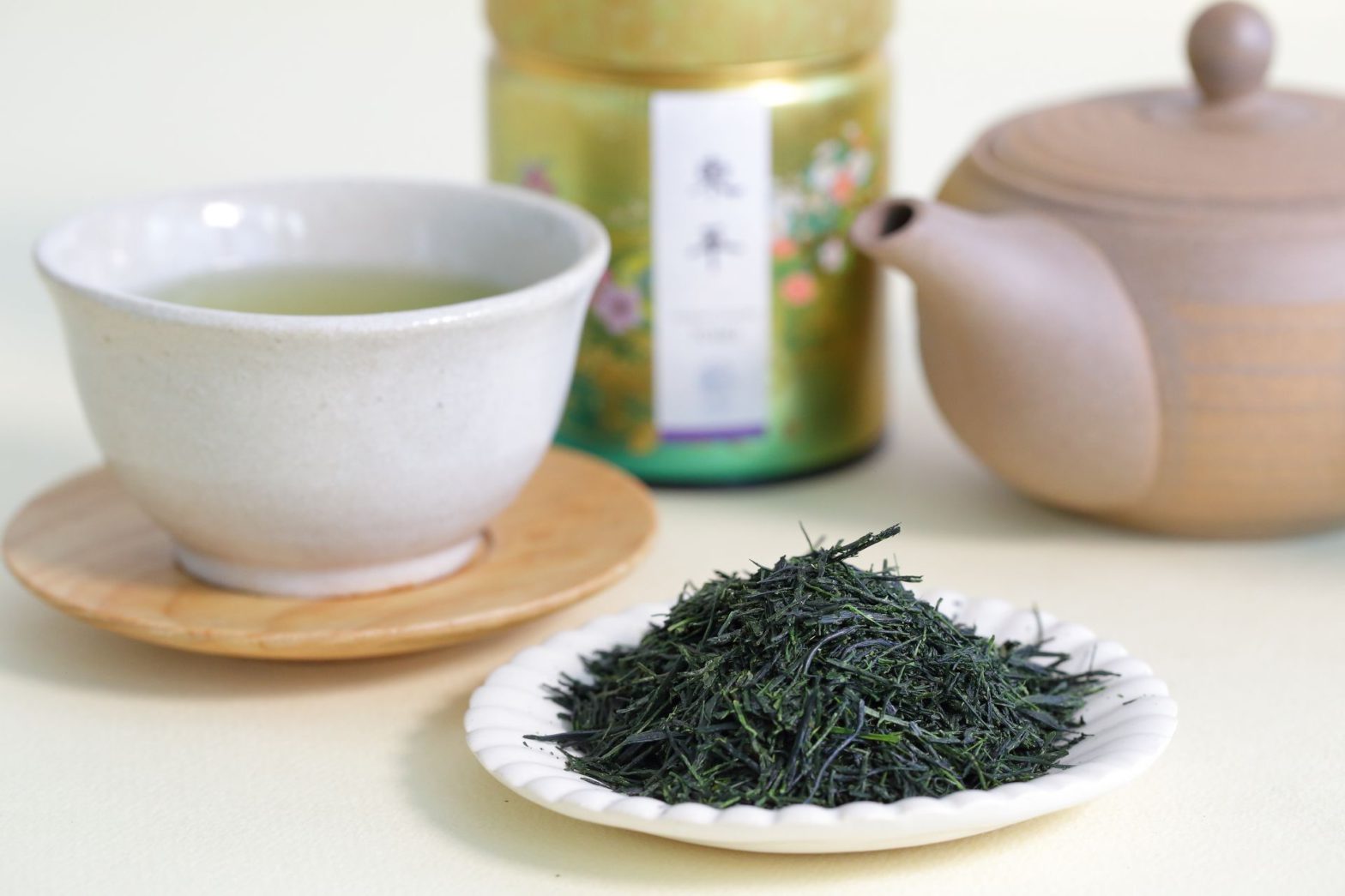
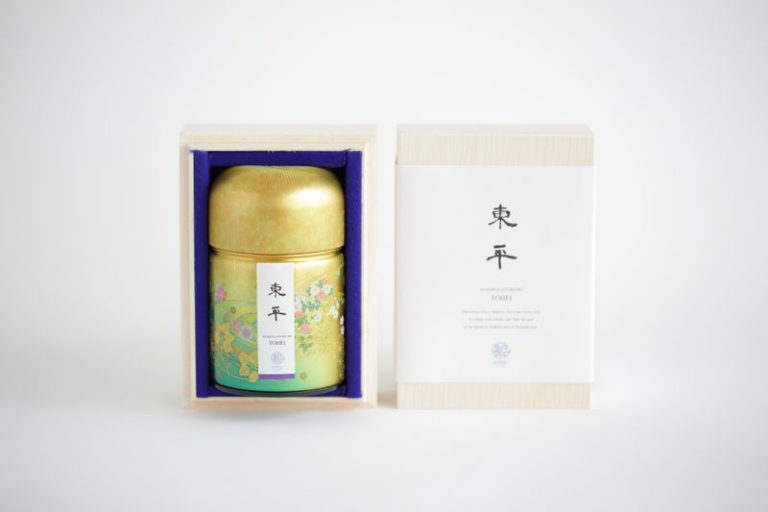
Here are a few key recommendations for Tohei xxxexcludexxxGyokuroxxxexcludexxx from Yabuzaki-En.
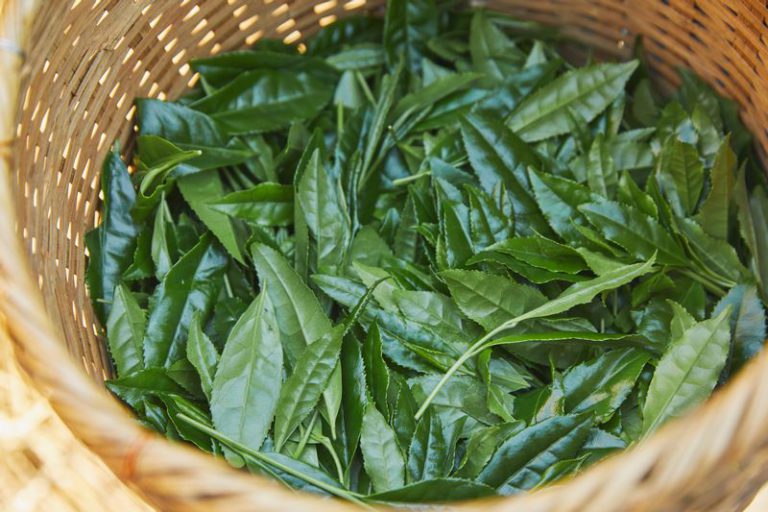
It uses the two tenderest tips of the leaves, grown in plantations with reduced pesticides
Only the two tenderest leaves at the tip of the tea shoots are used to make gyokuro. These produce strong umami or sweetness, rich in theanine and other amino acids.
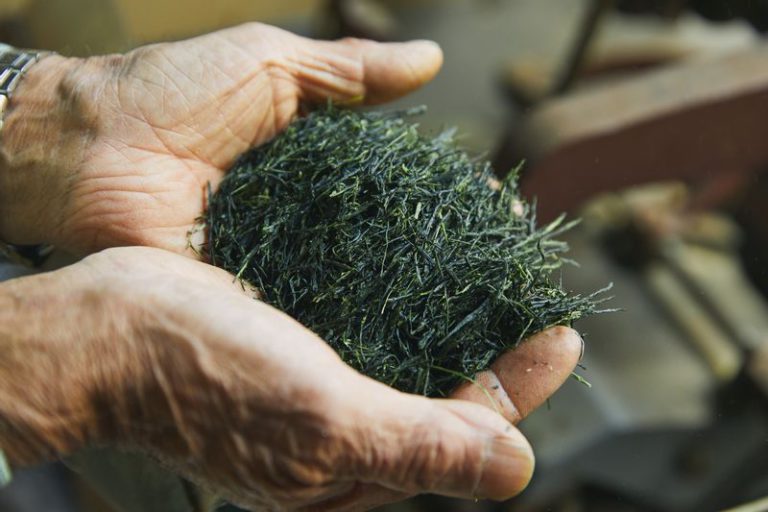
Glossy tea leaves rolled up like needles
The tea leaves appear pale green when first picked, but after repeated heating and rolling, the leaf tissue breaks down, turning a darker shade of green, giving the leaves a beautiful glossy surface. The tea leaves are shaped like needles, similar to thistle petals while imagining how they will unfold beautifully when hot water is poured over them. This level of attention to detail is a feature of Asahina’s gyokuro masters.
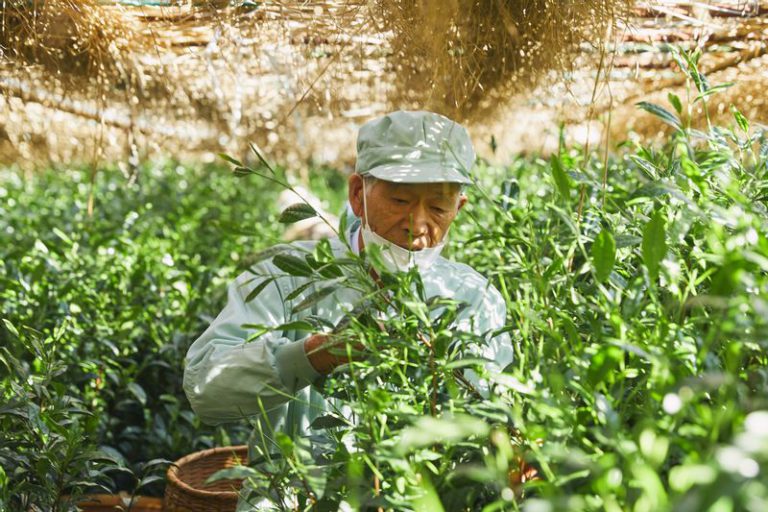
A blend of four types of tea leaves created by a gyokuro master
Tea master Tohei Maeshima grows four varieties of tea leaves ideal for gyokuro: Yabukita, Saemidori, Gokou, and Okumidori, and says there is a golden ratio in the blend that results in exceptionally well-balanced tea. The shop is the only place where the master’s prized Tohei Blend is available.
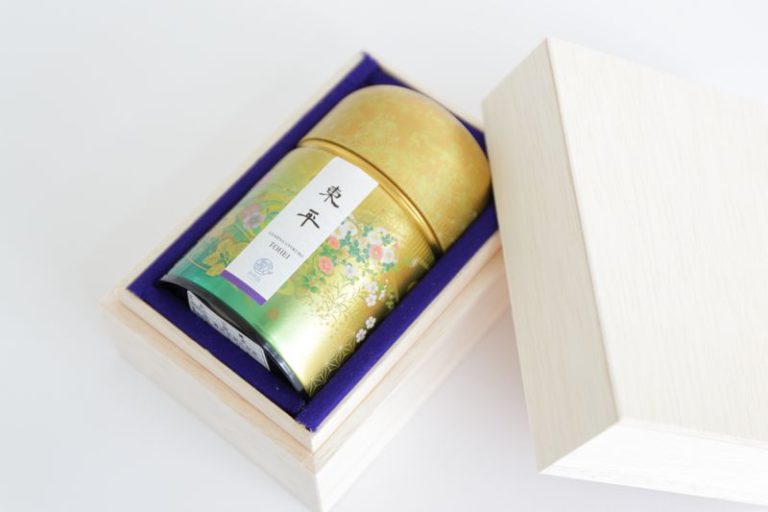
A blend of four types of tea leaves created by a gyokuro master
Tea master Tohei Maeshima grows four varieties of tea leaves ideal for gyokuro: Yabukita, Saemidori, Gokou, and Okumidori, and says there is a golden ratio in the blend that results in exceptionally well-balanced tea. The shop is the only place where the master’s prized Tohei Blend is available.
Artisanal beauty
Tohei xxxexcludexxxGyokuroxxxexcludexxx, available in limited supply, is a gem presented in a paulownia wood box. The mere sight of the tea container, as beautiful as a piece of handicraft, heightens the sense of anticipation.
A local producer and tea shop join forces to protect the brand and its quality
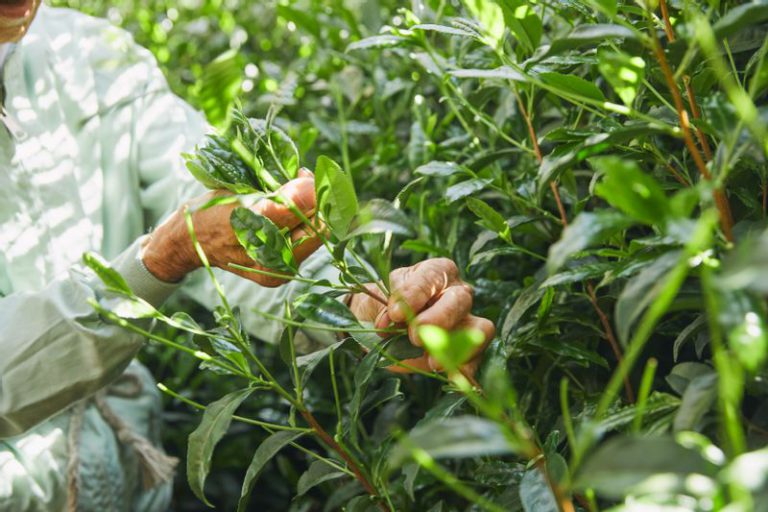
In today’s world, where plastic bottled green tea is widespread, few Japanese people know the true taste of gyokuro. We often see green teas labeled “containing gyokuro,” but gyokuro must be tasted on its own to appreciate it at its best.
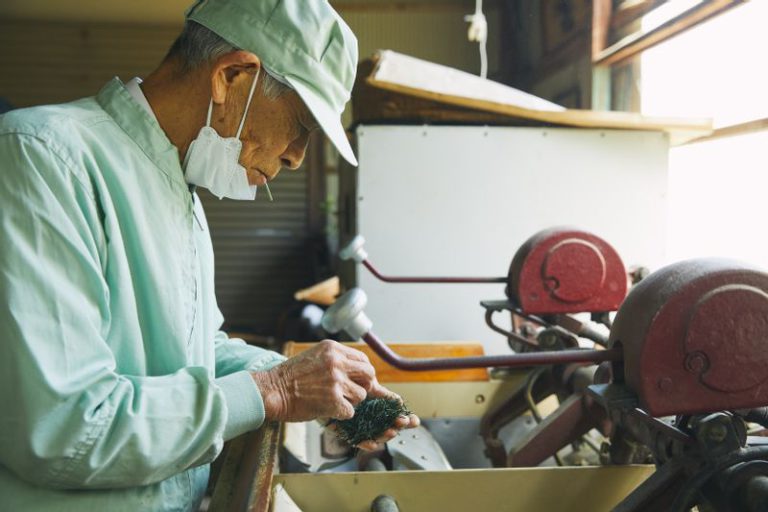
Tea merchant Yabuzaki-En bemoans such conditions and has been committed to branding to protect gyokuro, produced by hand by gyokuro masters in small quantities. The product created in response is the Takumi Series Gyokuro Meijin Cha.
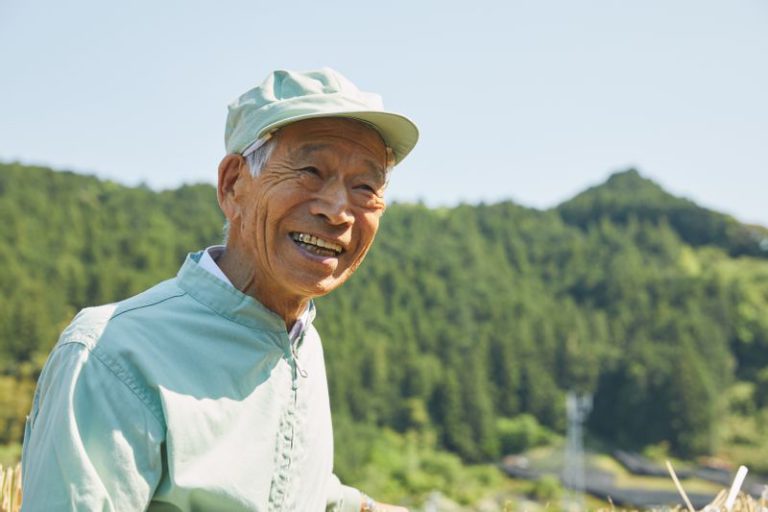
The gyokuro master has since won the highest award in three categories at an international tea fair and the highest honor many times at international green tea competitions. His most recent award was in 2020. Thanks to his work over the past 30 years, his fame has reached beyond the Asian green tea culture sphere to Europe. Tohei’s tea leaves are exported worldwide, so much so that it has become difficult to purchase them at Yabuzaki-En.
Gyokuro is enjoyed slowly with a small amount of hot water to savor the flavor and aroma.
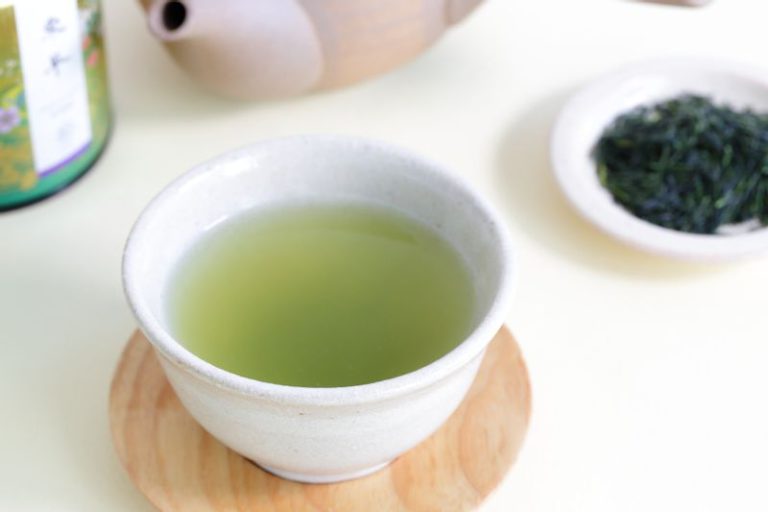
There is a way to enjoy gyokuro called tsuyucha, like tasting sake at a sake fair, where hot water cooled to about 40 degrees Celsius is poured over the tea, but Yabuzaki-En recommends drinking it in the following way for general enjoyment.
(1) Use a generous amount of tea leaves, about five to six grams per person. It is best to place the leaves in a teacup instead of a teapot to appreciate the tea leaves unfurling.
(2) Use 40 to 50 cc of hot water per person. The temperature is best at 50 to 60 degrees Celsius.
(3) Keep the brewing time short, between one and a half and two minutes. The tea leaves open quicker when the bowl is turned. The color is usually very pale with gyokuro, so you can decide its readiness based on the brewing time.
(4) Savor it slowly while avoiding the tea leaves. The tea can be enjoyed up to three infusions.
Tohei xxxexcludexxxGyokuroxxxexcludexxx from Asahina, Shizuoka, is the culmination of a tea merchant’s desire to convey the history and charm of gyokuro and the virtuosity of a gyokuro master. It makes a perfect gift that conveys the true taste of gyokuro, the commitment to its production and value. The exquisite blend of carefully selected tea leaves and its aroma and taste are sure to leave a lasting impression on the recipient.

